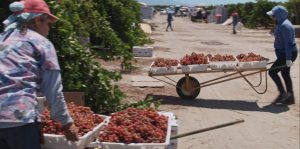
Say “Coachella,” and most people know what you’re talking about. Though Coachella hosts a world-renowned music festival, this small affluent California desert city is home to a lush farming community. Writer/director Aaron Maurer’s Invisible Valley spotlights the great contrast of class and culture in this region and sheds light on a crisis that’s existed for many decades.
The documentary is the story of the migrant worker community that is vital to this region’s economic success. When you drive to Palm Springs or the Coachella Valley, it’s not hard to see that it is a very affluent and wealthy community. Homes are enormous mansions with well-manicured lawns. Luxury describes the feeling of simply walking through Palm Springs, and it’s hard not to bump into someone famous.
Hidden behind all this opulence is a farming community, and like most communities of this sort in California, Coachella’s labor force comprises primarily of migrant workers, many of whom are undocumented. The film gives us a comprehensive look at what their lives are like from season to season. Many workers travel through the valley because they follow one harvest to the next up and down the California coast.
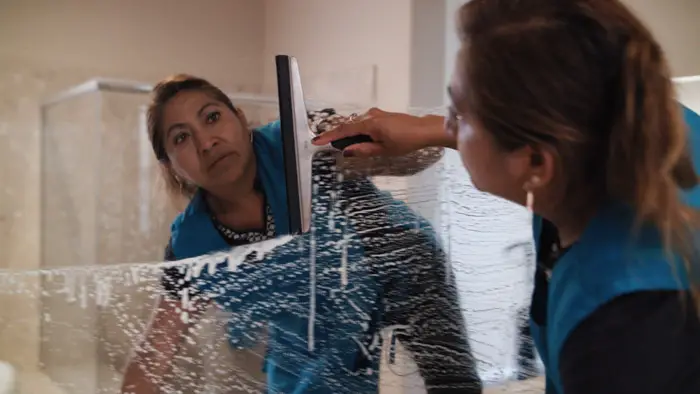
“…Coachella’s labor force comprises primarily of migrant workers…”
Invisible Valley introduces us to many of the faces of the migrant farmworker community — parents with children and young dreamers — all of whom are looking for a better life. The workers are exploited as cheap labor, and their (often) illegal status makes it easy to take advantage of them. Families with young children find it challenging to travel and prefer to stay in one location to provide their children a better education.
There are thankfully members of the community who want to do something to mitigate the crisis actively. Two nuns in the city of Mecca established The Galilee Center as a shelter for migrant farmworkers. Even with the best of intentions, the center has struggled to remain open. Its problems are varied from city building codes, lack of funds, and fears of ICE raids.
The film also addresses the impending environmental crisis the Coachella Valley and specifically the Salton Sea faces with its water supply and water pollutions, an emergency we’re more than happy to do nothing about. The migrant crisis is a big problem in a small town, and this problem is happening all along the southern border. While all these issues are interconnected, and the director balances them for the most part, it does meander here or there.
Invisible Valley paints a comprehensive picture of the growing migrant crisis in the Coachella Valley and the southern U.S. border. In the news, the immigrants and undocumented worker crisis always feels like their being used as pawns for votes. Maurer’s film puts a face to a pressing problem for real people. No matter what side of the debate you land on, the documentary is important viewing, so you can better inform your argument about what’s happening at the border.
Invisible Valley premiered at the 2021 Santa Barbara International Film Festival.
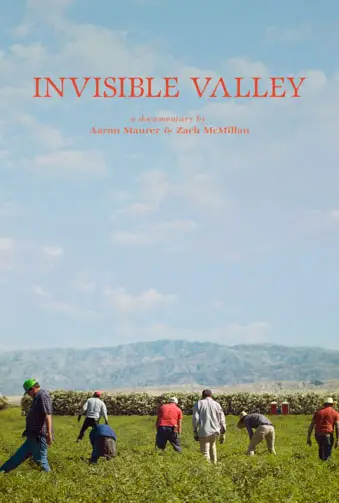
"…a comprehensive picture of the growing migrant crisis in the Coachella Valley..."
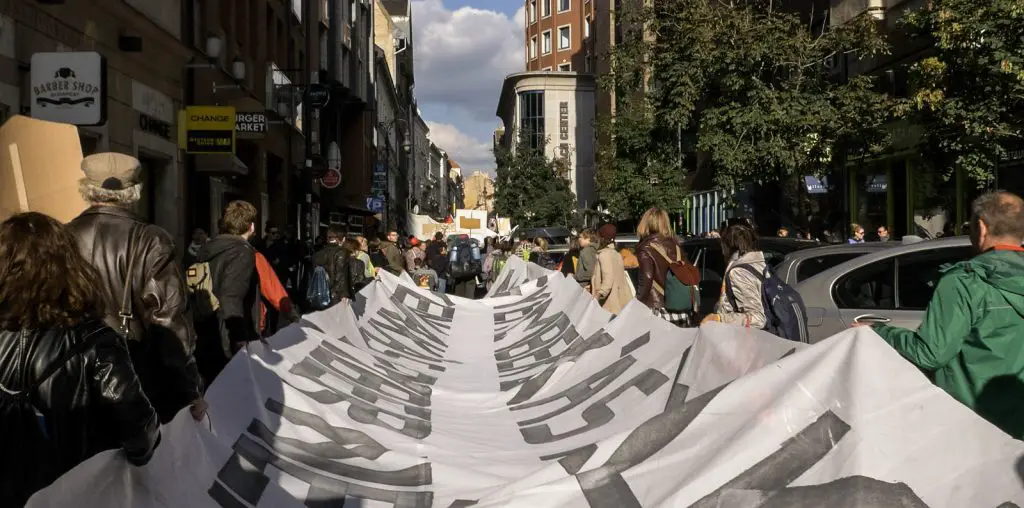
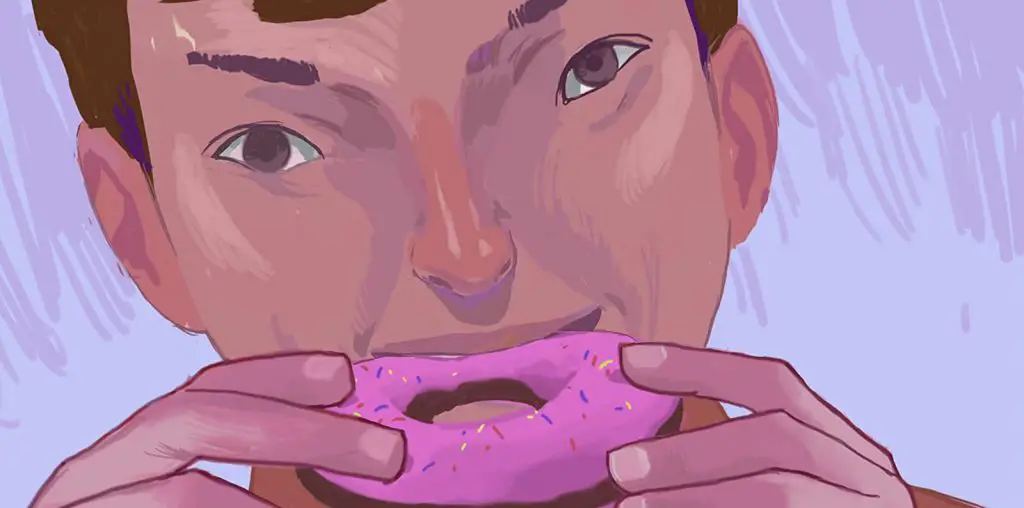
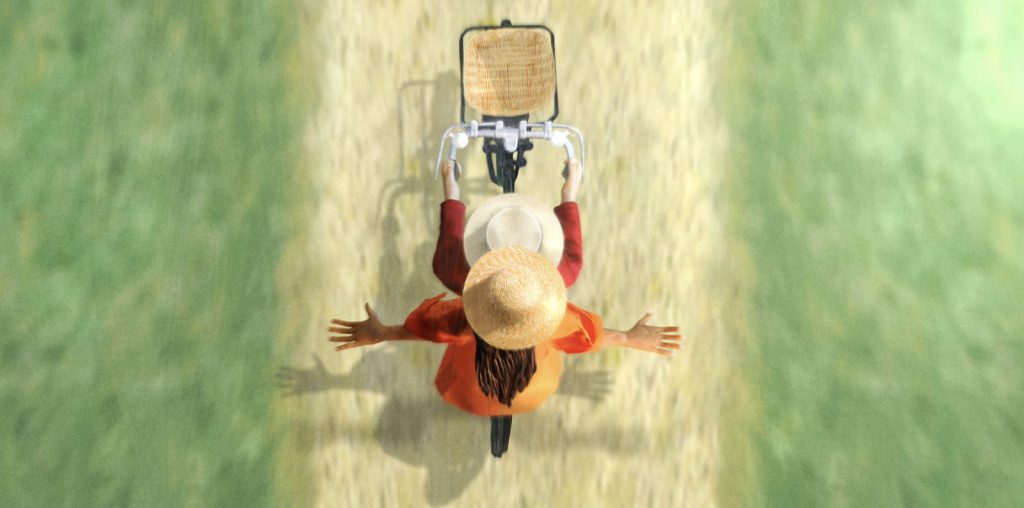
[…] “Invisible Valley paints a comprehensive picture of the growing migrant crisis in the Coachella Valley and the southern U.S. border. In the news, the immigrants and undocumented worker crisis always feels like their being used as pawns for votes. Maurer’s film puts a face to a pressing problem for real people. No matter what side of the debate you land on, the documentary is important viewing, so you can better inform your argument about what’s happening at the border.” Read more… […]